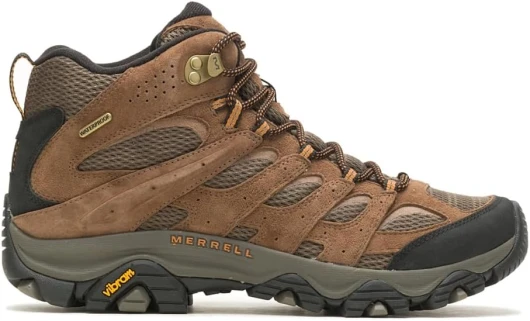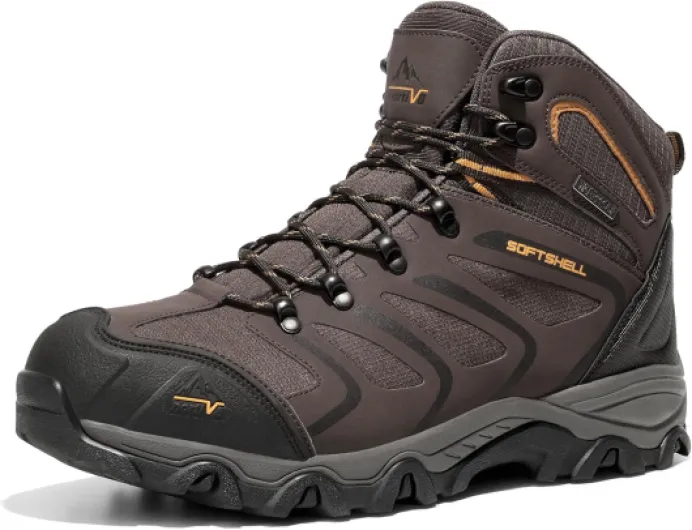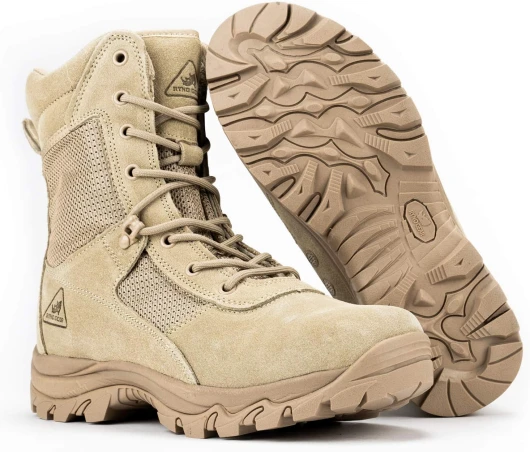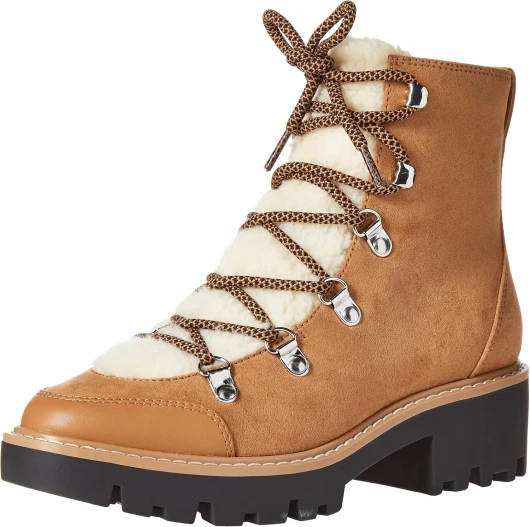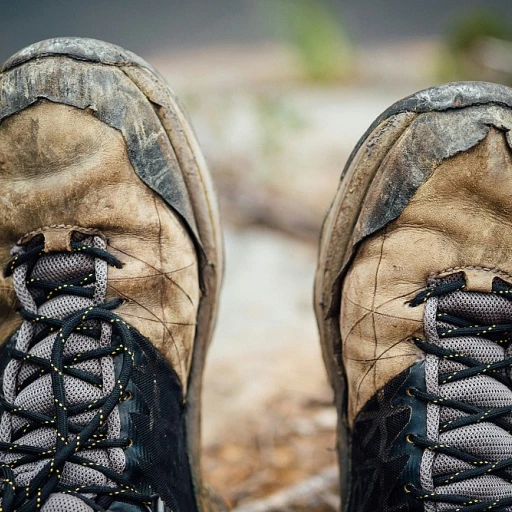
The Role of Boot Width in Hiking Comfort
The Comfort Factor of Proper Boot Width
When embarking on an adventurous hike, the last thing you want is discomfort caused by ill-fitting boots. The width of a hiking boot plays a critical role in ensuring your foot nestles snugly without being constrained. A properly sized boot offers the necessary support, minimizing the chances of blisters, pinching, or pressure points that can spoil your outdoor experience.
Being aware of how different size measurements impact your feet is crucial. It's not just about finding a pair that fits in terms of length; the boot width also needs to align with the natural shape of your foot. Whether you have narrow or wide feet, selecting a boot with the right width will prevent discomfort and ensure you can trek with confidence.
Who knew that something as important as a width chart could be the difference between a painful hike and a leisurely one? When utilized correctly, these charts assist in identifying the suitable boot size that not only accommodates the length but also accounts for the necessary room in the toe box and around the ball of your foot. If you're curious about products that can keep your feet cozy despite the elements, you might find it beneficial to explore innovations like boot warmers, which focus on enhancing comfort in varying conditions.
Decoding Boot Width Measurements
Understanding Boot Width Variations
Decoding boot width measurements can initially seem overwhelming, but it is an essential step in finding the right fit for your hiking boots. The width of your foot, combined with the boot’s built-in design, significantly influences the level of comfort and support you’ll experience on the trail. Missing out on this crucial step could lead to discomfort or even injury.
Boots come in varying widths, commonly categorized among options like narrow, standard, wide, and extra-wide. These measurements refer to the volume across the ball of the foot, which, when combined with the boot length, forms the basis of the boot size. For example, the wide width of a boot is typically designed to provide extra space for a broader foot, and a narrow option would cater to tighter fits.
It’s also important to note that the sizing conventions for men and women might vary, making it necessary to utilize a specific width chart when making comparisons. For individuals with a foot that’s considerably narrower or wider than average, it’s vital to pay close attention to these measurements. The fit around the toe box, whether it's a traditional round toe or a stylish square toe, will also need consideration, as it influences the overall comfort during hikes.
Brands use distinct size guides and nomenclature, so it's beneficial to familiarize yourself with their specific charts. Some brands might simply denote widths by letters, like 'B' for standard width in women's boots and 'D' for men's, while others might choose a more granular numeric scale. Knowing how to read and interpret these charts can make a critical difference in achieving the perfect fit, particularly when measurements don't match up across brands.
For those battling uncertainty, especially when transitioning between different brands of cowboy boots or work boots, referencing a detailed width chart can make a significant impact. Utilizing resources like measuring your foot length accurately or consulting size guides can complement this knowledge effectively. To enhance your understanding further, insights can be drawn from expert discussions on conquering the rain peak with essential hiking boot insights.
Challenges in Finding the Perfect Fit
Navigating the Maze of Finding Your Ideal Pair
One of the major hurdles in securing the right hiking boots lies in the challenging nature of determining the perfect boot fit. When you consider the differences in foot shapes—whether narrow, wide, or somewhere in between—the task becomes even more intricate. Lengths and widths significantly vary across boot brands, adding an extra layer of complexity. Not all brands adhere strictly to a single standard width, meaning a size 10 in one brand might hug your foot quite differently from a size 10 in another. For those with particularly wide or narrow feet, finding a fit can be tricky as standard width sizes often do not accommodate these variations effectively. The toe box design also plays a pivotal role. A boot with a square toe or moc toe may provide more room for your toes to wiggle, helping mitigate the cramped sensation some experience in a round toe or cowboy boots. With options ranging from standard to wide width offerings, the boot width size chart becomes an indispensable ally for those seeking comfort and a secure fit. Insoles and outer linings also impact fit. Boots meant for varied terrains, such as work boots or work-specific footwear, often have thicker materials for durability which can reduce the internal volume needed for comfort. Shoe sizes across different boot types, like hiking boots and work boots, vary and thus part of the selection process must include referencing a comprehensive size guide. The responsibility of measuring your foot width—considering both foot length and ball foot circumference—cannot be overstated. Employing a reliable width chart and comparing boot widths is crucial when working towards a perfect fit. Free shipping options offered by many online retailers lessen the risk of buying multiple pairs at various sizes to find the right fit without added cost. In the quest for ultimate comfort, some hikers have turned to innovative designs such as slip-on hiking shoes, which simplify the fitting process and are explored further in this convenience of slip-on hiking shoes. By keeping these challenges and resources in mind, finding the perfect pair is achievable, albeit with dedicated effort and attention to detail.Tips for Measuring Your Foot Width
Tips for Measuring Width at Home
Achieving a perfect fit in hiking boots requires an accurate understanding of both foot length and width. While length is fairly straightforward, getting an accurate measurement of your foot width can be a bit more challenging. Here are some tips to help you measure your feet accurately, ensuring that your boots accommodate your needs, whether you have narrow or wide feet.
- Prepare Your Equipment: Start with a ruler or a measuring tape and a piece of paper. Having a partner to assist you can also improve accuracy.
- Measure in the Evening: Foot size can change throughout the day. Measure your feet in the evening when they are likely at their widest.
- Trace Your Feet: Place one foot firmly on the paper and trace around it. Keep the pencil perpendicular to the paper to ensure an accurate outline.
- Identify Key Width Points: The ball foot area, the widest part of your foot, is crucial. Measure across this section to determine your actual width size.
- Consult a Width Chart: Many boot and shoe brands provide a width chart that can help translate these measurements into specific boot width sizes, ranging from narrow to wide.
Using these steps, you can better navigate the nuances of boot sizing and ensure a snug fit in both standard width boots and those designed for more specific needs. Remember, while most cowboy boots and work boots offer free shipping for trying different widths, understanding your needs from the start saves time and hassle.
Comparing Boot Widths Across Brands
Exploring Boot Widths Across Different Brands
Among the diverse offerings in the hiking boots market, boot widths can vary significantly between brands. This can make the task of finding the ideal fit more challenging, as differences in sizing add another layer to the complexities already discussed earlier regarding comfort and measurements. Generally, boot sizes are not just about length—understanding boot width, such as narrow, standard, and wide, is crucial and can impact how a boot feels on the trail.
Different manufacturers may categorize sizes differently, and what one brand considers a standard width might be perceived as a wide width in another. This is where a comprehensive size guide becomes invaluable. By utilizing a width chart, you can better assess the specific measurements each brand uses for their boots. This helps in not only determining the perfect size but also ensuring the right foot length and width combination that feels just right at the ball of your foot and in the toe box, whether you're dealing with round toe designs or moc toe variations.
For those who require a wider fit or have feet that are on the narrow side, the inconsistencies can be frustrating. However, being armed with knowledge and understanding which brands cater to different foot dimensions can lead to more success in achieving comfort and stability on your hikes. Some brands even offer free shipping on exchanges, making it easier to experiment until you find the ideal pair.
When exploring cowboy boots or work boots, take note that the same logic applies; the width must align with not only your foot length but also your specific activity needs. Whether you need a rugged work boot with a square toe or something more stylish, like boots with diverse width options, precision in size measurement is vital to avoid foot discomfort.

